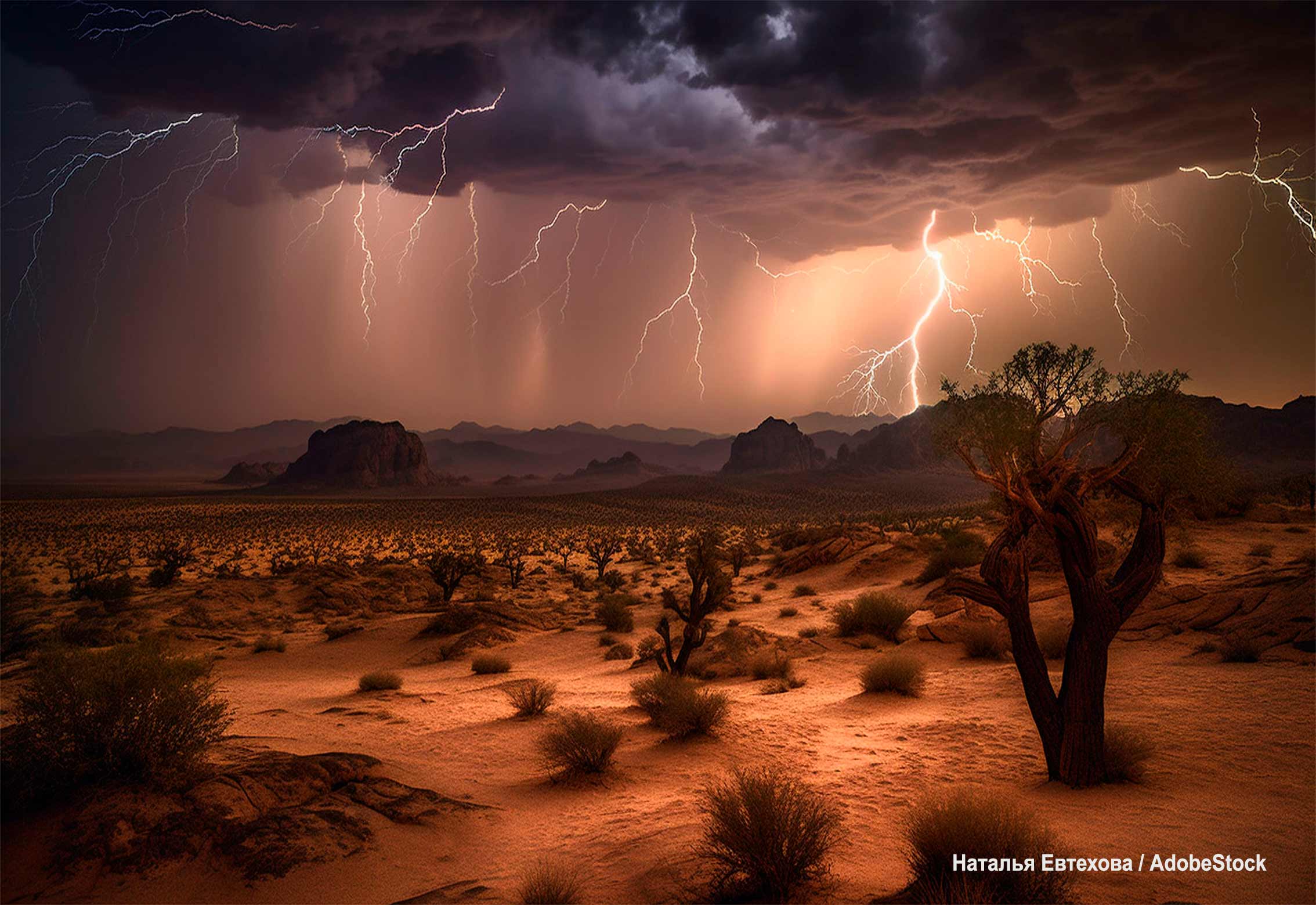FAQ about the El Niño phenomenon 2023-2024

1. What is the El Niño phenomenon and what does it get its name from?
The El Niño phenomenon, scientifically known as ENSO (El Niño Southern Oscillation), is a phenomenon that originates from the fluctuation of temperatures in the central and eastern part of the equatorial Pacific Ocean, associated with changes in the atmosphere. The phenomenon appears from time to time (there is no systematic pattern), but when it occurs it has a great impact on climatic conditions in various parts of the world.
This alteration of the ocean-atmospheric system in the tropical Pacific has important consequences on the climate around the planet, but especially on the east coast of South America, with more effects “Thanks to the scientific progress achieved in terms of understanding and modeling ENSO , prediction skills have improved on time scales from one to nine months in advance, helping society prepare for hazards associated with that phenomenon, such as heavy rains, floods and droughts”. World Meteorological Organization (WMO).
As for the name El Niño, this is due to the association of the phenomenon with the so-called El Niño current, an anomaly known to the fishermen of the port of Paita, in northern Peru, who observed that the waters increased in temperature during the Christmas times and associated it with the arrival of the Baby Jesus.
FAQs about the El Niño phenomenon 2023-2024
1. What is the El Niño phenomenon and what does it get its name from?
2. What is the formation process of the El Niño phenomenon?
3. When did the 2023-2024 El Niño phenomenon begin and when will it end?
4. Would global warming worsen the 2023-2024 El Niño phenomenon?
5. Which countries are most vulnerable to the El Niño phenomenon?
6. What would be the consequences of the El Niño 2023-2024 phenomenon?
7. What provisions can be made to minimize the effects of the El Niño phenomenon?
8. How are the El Niño and La Niña phenomena related?
9. How often does the El Niño phenomenon occur?
10. What are the recorded El Niño phenomena and which has been the most devastating?
Other sections of El Niño 2023-2024
Scientists estimate that the 2023-2024 El Niño, exacerbated by the climate crisis, will likely raise global temperatures to new records in 2024. Read +

